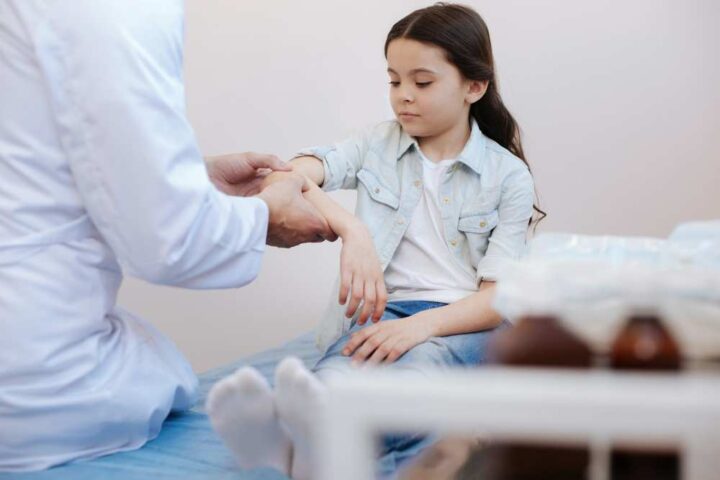Slip and Fall Accidents in Schools: Safety Measures for Students
Accidents involving slips and falls in Pearland, Texas, can occur in various settings, including schools. These incidents can result in injuries and jeopardize the safety of students. Hence, it is vital for educational institutions in Pearland to implement safety measures to prevent such occurrences.
This article will explore strategies that schools in the city can adopt to minimize slip and fall accidents and establish a safe environment for their students.

1. Regular Maintenance of Floors
One of the most common causes of slip and fall accidents in schools is poorly maintained flooring. It is crucial for educational institutions to ensure that their floors undergo regular inspections, cleanings, and necessary repairs. When floors become uneven or wet, they create hazards for students walking on them.
By maintaining the flooring in good condition, schools can significantly decrease the risk of slip and fall accidents. It can also be beneficial to visit the website of an established slip and fall attorney or law firm, such as https://dehoyosinjury.com/pearland-tx-slip-and-fall-lawyer, to obtain comprehensive guidance on the necessary safeguards and measures.
2. Signage
In areas where there may be slipping hazards like wet floors or recently cleaned surfaces, it is essential to use visible signage to alert both students and staff members. Placing prominent caution signs can serve as reminders for individuals to exercise caution while walking in these areas. Moreover, well-positioned signs indicating dangers, such as steps or low-hanging obstacles, offer additional guidance for students to navigate their surroundings safely.
3. Adequate Lighting
Insufficient lighting is a factor that increases the risk of slip and fall accidents in schools. When hallways, walkways, staircases, and outdoor areas are poorly lit, it becomes challenging for students to see where they’re stepping or identify any hazards on the ground. By ensuring adequate lighting, both indoors and across the campus, schools improve visibility for students and minimize the chances of unexpected falls caused by obscured objects or obstacles.
4. Effective Storage Practices
Disorganized storage areas can lead to messy hallways or classrooms, which create more trip hazards within the school community’s surroundings. It’s important to organize equipment stored in shared spaces efficiently to maintain accessibility for students in such environments.
5. Encouraging Suitable Footwear
Promoting the use of suitable footwear among students can also help prevent slip and fall accidents in schools. While some students may prioritize fashion over practicality, educating them about wearing shoes with anti-slip soles can contribute to accident prevention. Additionally, during rainy seasons, providing designated areas for storing shoes and using foot-drying mats allows for a safer transition within school premises.
6. Drying and Cleaning Procedures
Spills are not uncommon in schools; however, if left unattended, they significantly increase the risk of slip hazards. Schools should establish procedures to promptly clean up any liquid or moisture on floors throughout the premises. Additionally, it is important to conduct inspections after poor weather conditions to address potentially slippery entryways.
7. Training School Staff
It is crucial to train all staff members, including teachers, janitorial staff, and administrative personnel, on techniques for preventing slip and fall accidents. They should be aware of their responsibilities when it comes to safety practices and promptly report any hazards they encounter.
8. Encouraging Student Awareness
Raising awareness among students about slip and fall accidents is essential in order to prevent such incidents within school grounds. Conducting programs or classroom sessions that educate students about risks in their surroundings and how they can actively avoid accidents will instill a safety-conscious mindset among the student body. This will reduce both irresponsible behavior as well as unintentional risks resulting from outdated behavioral norms.
Conclusion
Slip and fall accidents can pose threats to the safety and well-being of students in school environments. By putting into practice the safety measures mentioned above, like maintaining the flooring, using signs, ensuring sufficient lighting, implementing effective storage methods, establishing guidelines for appropriate footwear, setting up protocols for drying and cleaning, training school staff members, and promoting student awareness, schools can create safer learning environments where students are shielded from slip and fall incidents. It is a shared responsibility to safeguard the well-being of students. By prioritizing these measures, schools can take strides in preventing accidents and enhancing overall student welfare.


